
1. Pyjama fashion

According to the UK newspaper, in Vietnam it’s not considered strange to wear a pair of pyjamas during the day as people go about their business. In fact, particularly among women in rural areas, it’s basically the norm. Pyjama sets therefore come in a range of styles, from matching floral T-shirts and shorts to full-length loose trousers with colourful button-ups.
“At first it might seem bizarre, but before you know it you’ll be envying how practical and relaxing they look, and maybe even getting a pair yourself,” it stressed.
2. Weasel-poo coffee
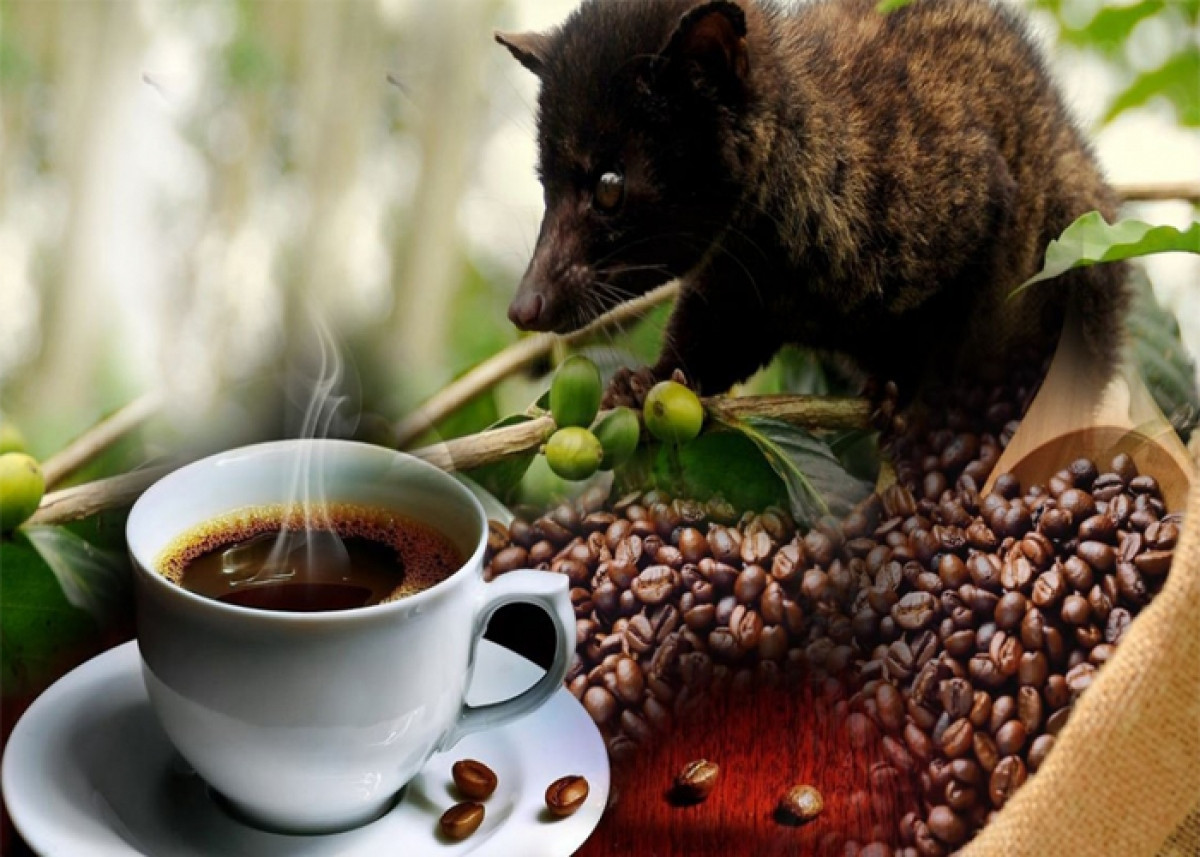
Rough Guides said that Vietnam is the second-largest coffee exporter in the world, but the majority of items for export are cheap and the instant kind.
However, it added that within the country, high-quality and rich percolated coffee is ubiquitous.
“The pièce de résistance is the disgusting-sounding cà phê Chồn, coffee made from weasel poo,” the travel publisher excitingly shared.
Accordingly, Rough Guides described that the weasels eat berries containing coffee beans, whilst they have a natural inclination only to pick the best, ripest ones. The berries are then digested, but the beans come out the other side whole, transformed with a new, richer flavour.
“Once dried and cleaned, the beans are then roasted to produce some of the world’s finest coffee. It’s exquisitely rich, chocolaty and gunpowder strong,” it noted.
The magazine added that 100g costs around US$90, but at the farms, visitors can get a cup for just US$2.75.
3. Snakes publicly drained of their blood
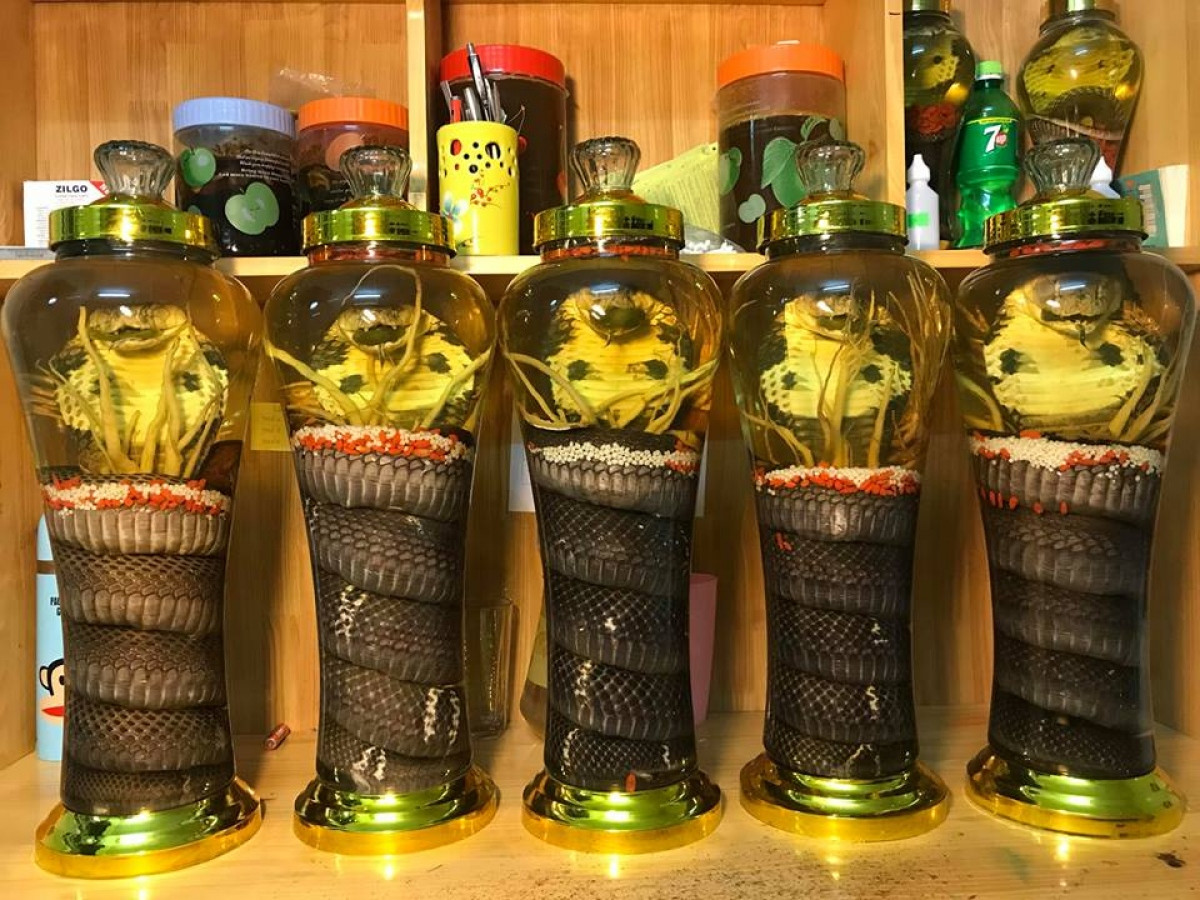
The travel magazine warned that visitors shouldn’t be surprised to come across a couple of local guys in a quiet rural town slaughtering a viper in the middle of the street. Snake’s blood in then dripped into a bottle containing rice wine to create snake wine.
In addition, Rough Guides noted that snake are still a popular local delicacy in many places throughout the country.
4. Cricket farms
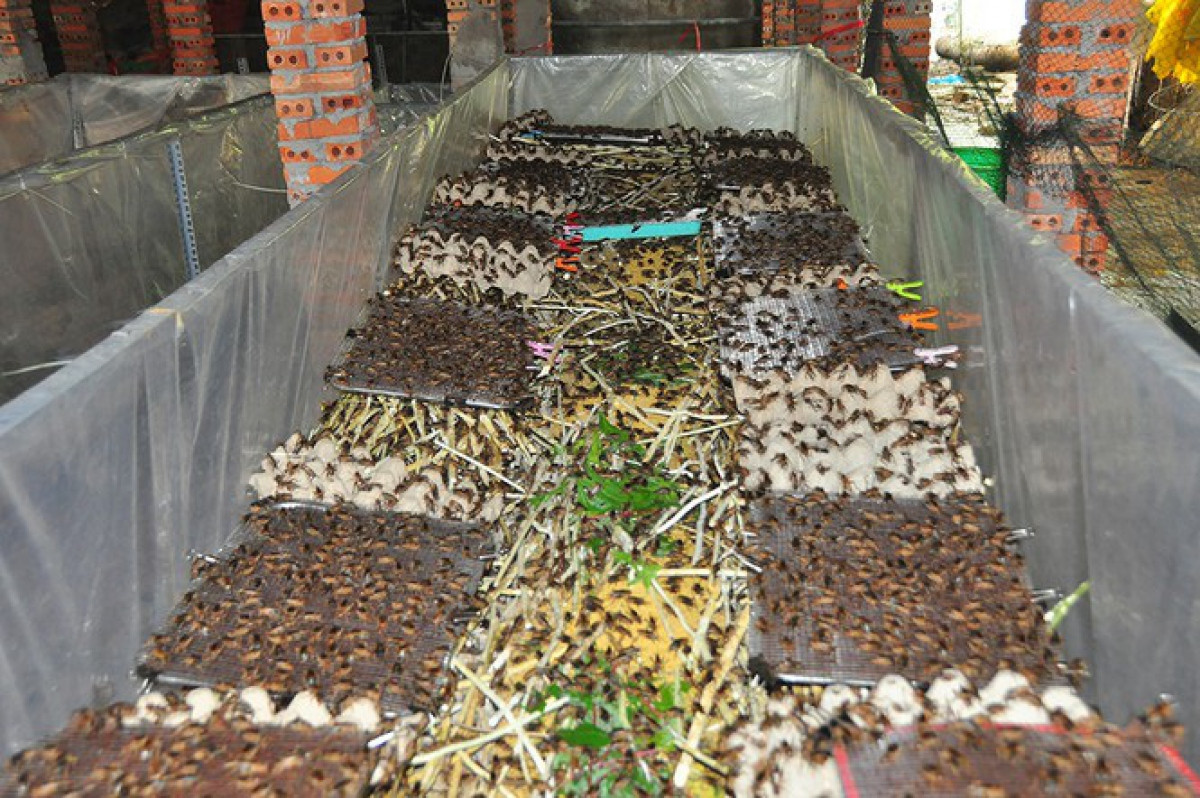
According to the UK publisher, fried crickets are popularly eaten alongside a few beers in Vietnam. Indeed, they’re a common feature of parties, along with fried butterflies and worms.
“Once fried, the crickets are actually unexpectedly flavoursome and meaty,” it suggested.
5. Wearing and eating silkworms
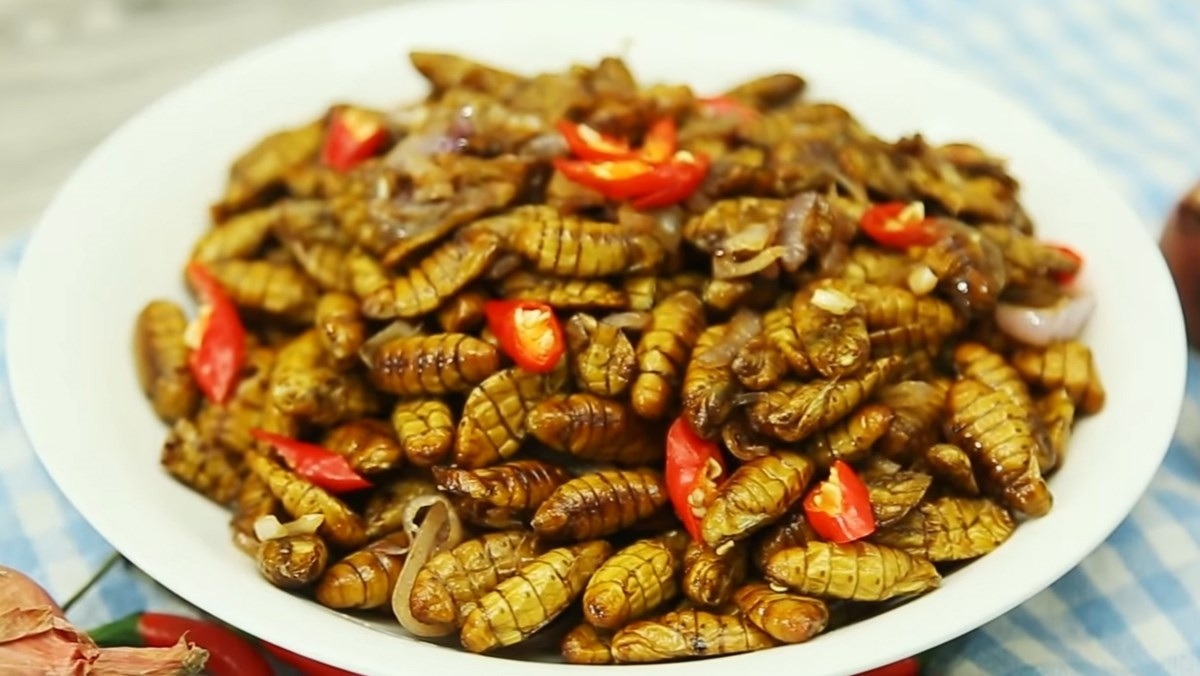
Rough Guides stressed that witnessing the age-old silk extraction process from mulberry-fed grubs in the country’s highlands is a surprisingly enjoyable experience.
It described that the white fluffy-looking silkworm cocoons are boiled in large vats, subsequently killing the larvae inside. Women catch the white strands of silk flying free from the cocoons and attach them to spindles on a machine that unravels the delicate fibres.
“These are carefully wound onto reels and finally woven on looms into sheets of lovely cloth. The boiled-up worms are then removed from their cocoons and, in typical Vietnamese style, fried and eaten”, it shared.
6. Communal smoking
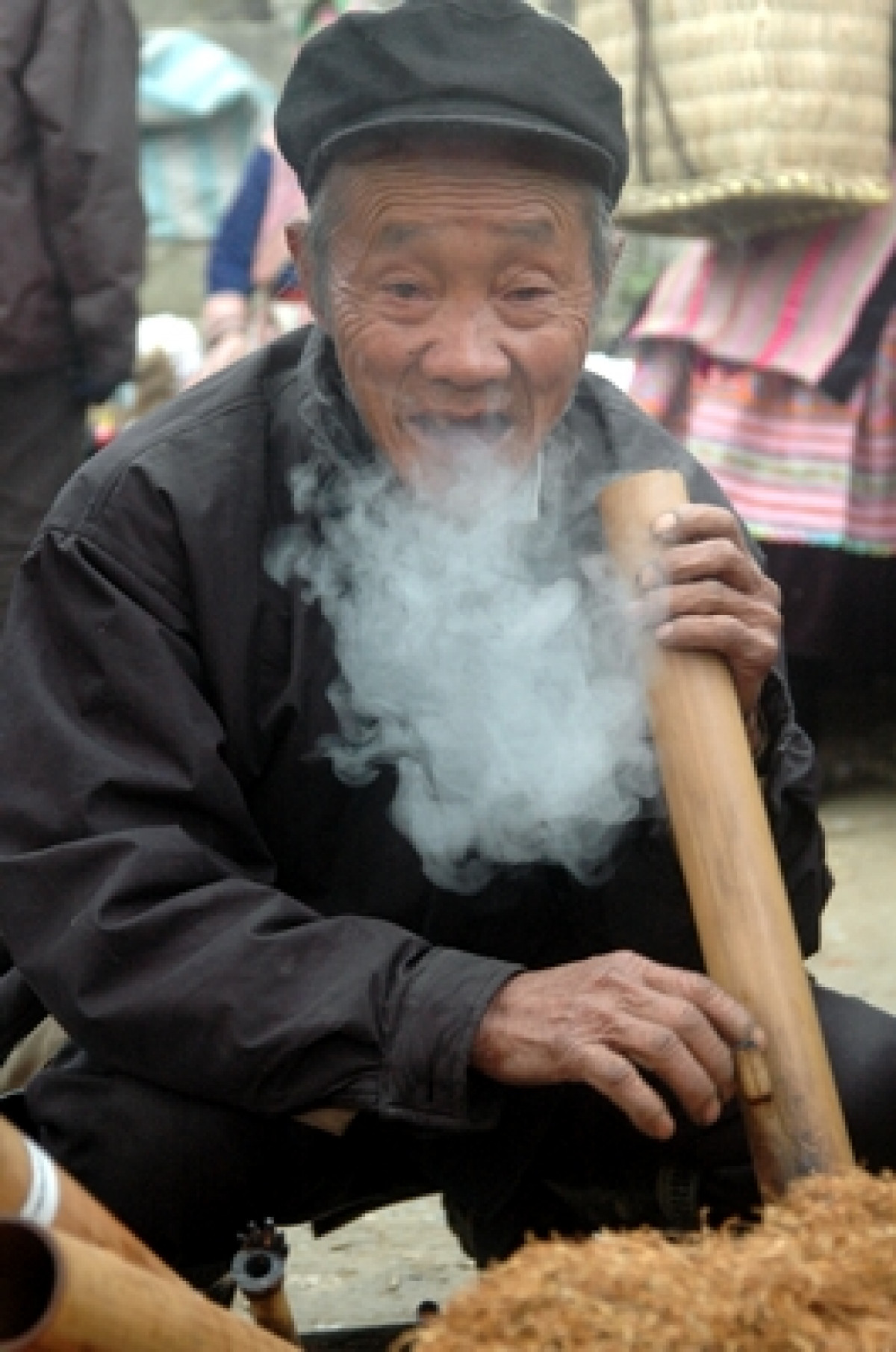
In northern Vietnam, it’s common to see a large bamboo pipe, or điếu cày, being passed around after a meal, which is smoked with the aim of aiding digestion.
The magazine shared that it is a common sight found at roadside restaurants, particularly in Hanoi.
7. A Buddha-themed amusement park

Situated just outside of Ho Chi Minh City, Suối Tiên Theme Park is an area where visitors can pray in front of a holy Buddha statue before jumping on a Ferris wheel that looks like the multicoloured electric halo commonly seen behind statues of the Buddha’s head. Alternatively, they can hurl themselves down a waterslide and emerge through the beard of a giant sculpted sage.
Statues of creatures sacred to Vietnamese Buddhism, such as dragons, tortoises, and phoenixes, are represented throughout the grounds, it noted.
8. Eating porcupines
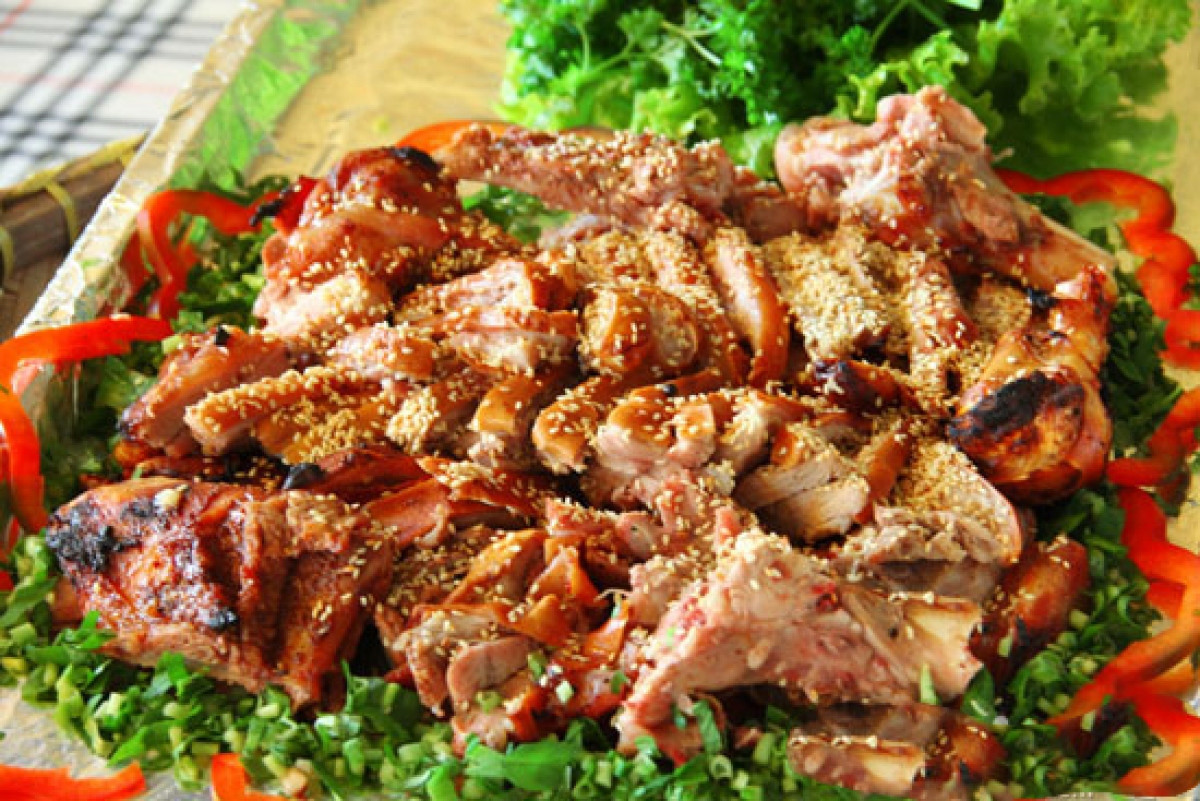
According to the UK publisher, the Vietnamese are well known for eating unusual meats, many of which are often controversial to foreign tastes, such as dogs, half-developed chicken eggs, crocodiles, turtles, and water rats.
“So it should come as no surprise that porcupines, despite their unappetizing looks, are high on the list of strange-yet-popular menu items,” it stressed.
The magazine revealed that once their spikes are removed, their meat is juicy and aromatic, adding that the taste is comparable to that of duck. Farmed porcupine is expensive at approximately US$30 per kg, it concluded.
Source: VOV